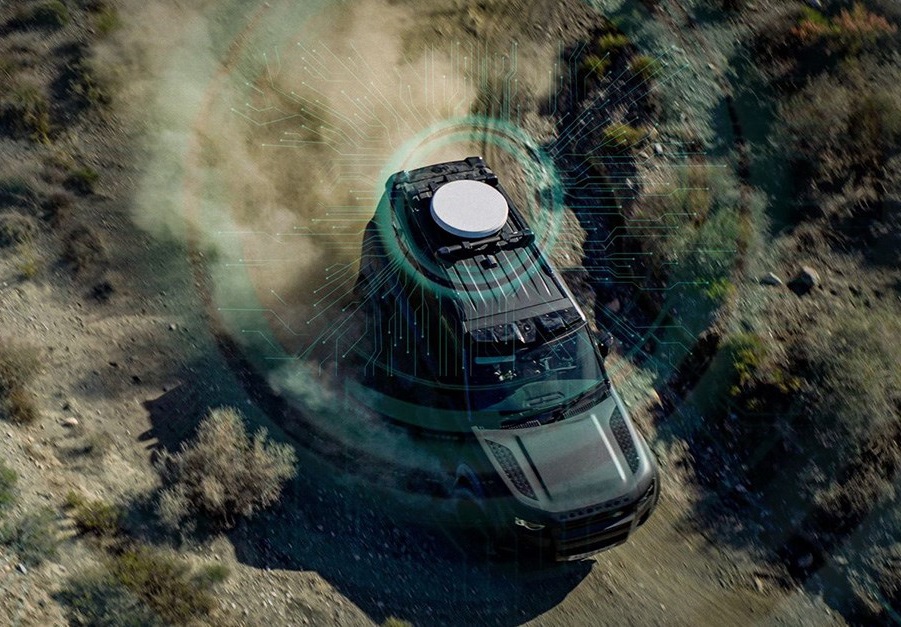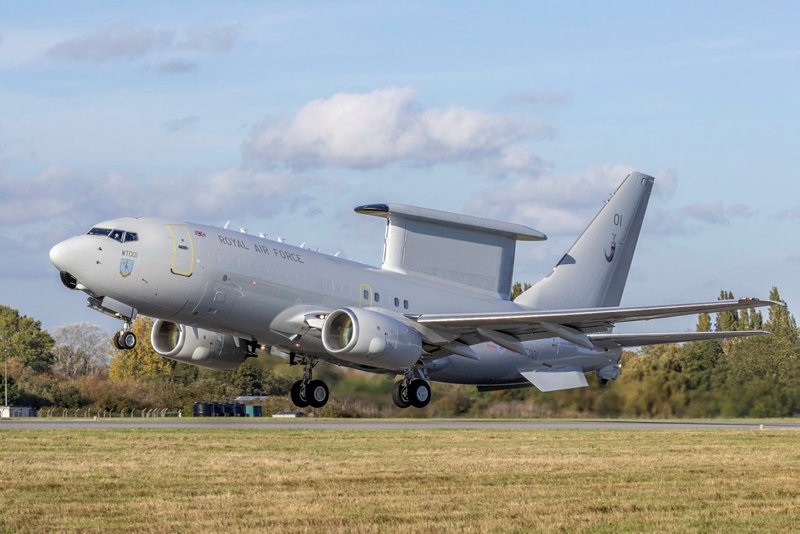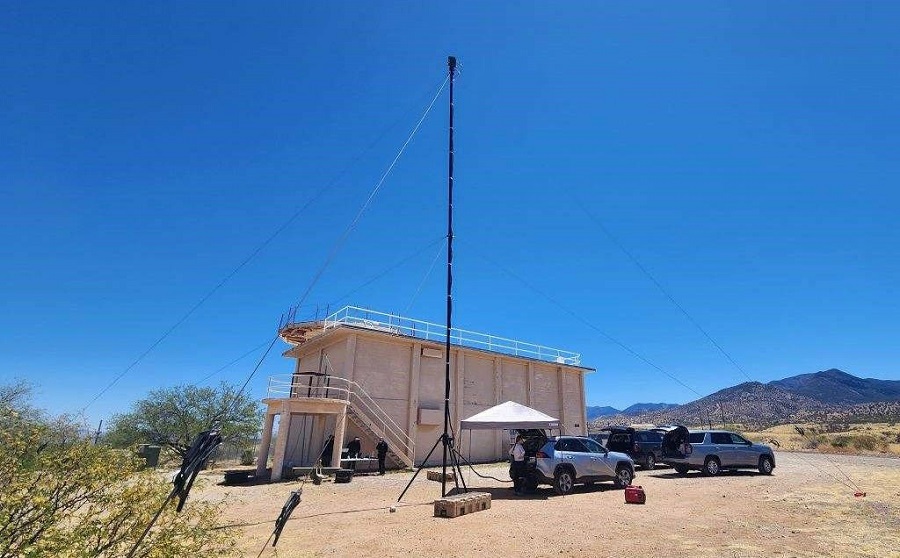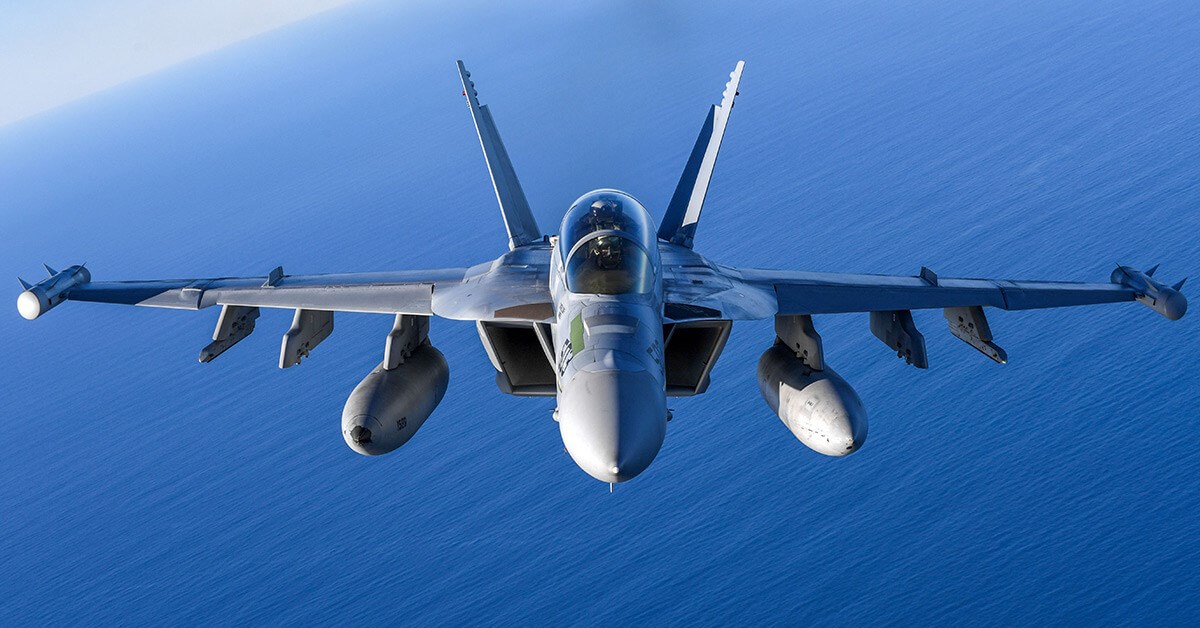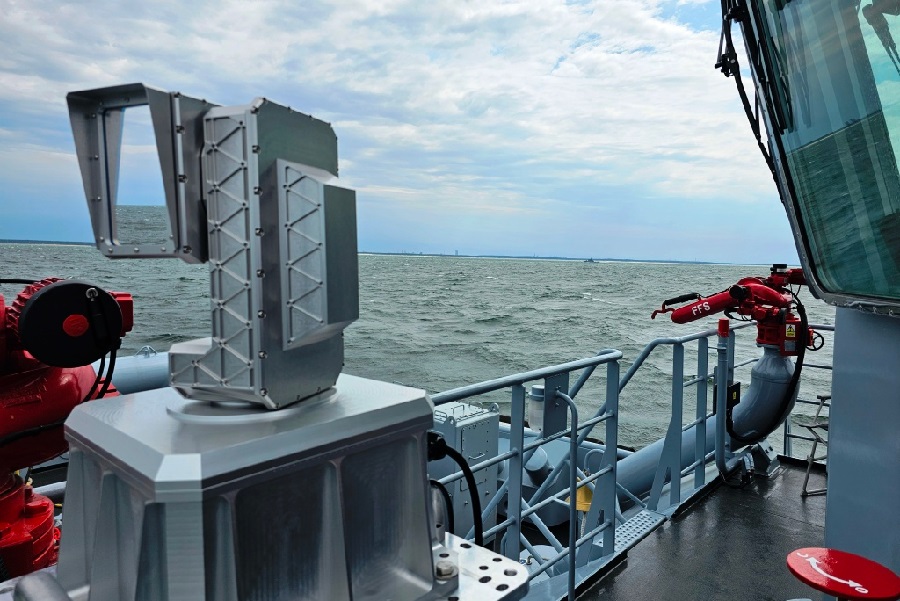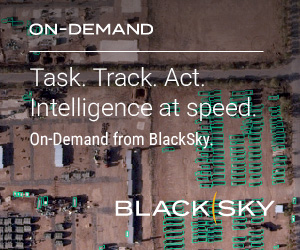According to the Polish Armament Agency, the first aerostat is scheduled for delivery by the end of 2026, with full operational readiness expected by the first quarter of 2027. The remaining three aerostats will be delivered by the end of the third quarter of 2027, with the entire system projected to be fully operational by the end of that year.
Each aerostat will feature a suspended radar reconnaissance system. The ground segment will include a radar control center, a mooring platform, a meteorological station, and power supply containers. These aerostats will have the capability to detect airborne objects operating at very low altitudes, such as missiles, aircraft, unmanned aerial vehicles (UAVs), and surface vessels within the radar’s range. The detection range for airborne objects will exceed 300 kilometers, and the aerostats will be suspended at an altitude of approximately 4 kilometers above the ground.
The agreement also includes a comprehensive logistics package covering maintenance activities, spare parts, technical support, and training for users and instructors. This ensures that the aerostats will remain fully operational and effective throughout their service life.

